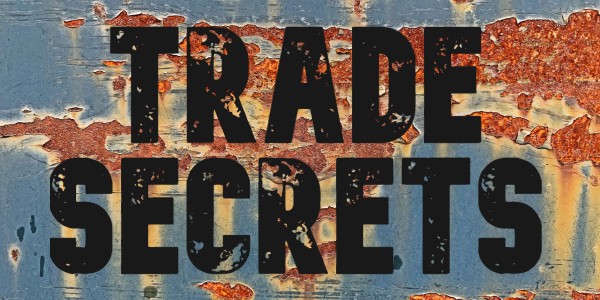
On March 12, 2024, the United States Patent and Trademark Office and the Copyright Office released a joint report from a study they did exploring the impact of NFTs on Intellectual Property law. The study aimed to assess how innovations in digital art ownership and authenticity verification align with existing intellectual property frameworks.
The report emphasized that NFTs present novel opportunities for intellectual property owners, possibly enhancing licensing avenues and offering creators greater control over their works and a larger share of the resulting revenues. On the other hand, the immutable and decentralized nature of blockchain and the underlying technology of NFTs, introduce big challenges in enforcing intellectual property rights, amplifying concerns around online piracy and counterfeiting.
A significant issue that the report highlighted is the widespread confusion around the scope of rights obtained in an NFT transaction, often leading to misconceptions about owning intellectual property rights in the associated digital assets. Despite these challenges, the study found that current intellectual property laws are generally adequate to address the complexities introduced by NFTs, with both the Copyright Office and the USPTO favoring educational initiatives over legislative changes to clarify the nature of rights involved in NFT transactions. So it is not likely we will see new NFT legislation – at least the Copyright Office and the USPTO are not pushing for it.
To conclude the report, the USPTO and the Copyright Office committed to further exploring the use of emerging technologies to improve agency operations and to ongoing engagement with stakeholders to enhance understanding of NFT-related intellectual property issues.
All in all, there is nothing too surprising or revealing in the report, but it does provide a great summary of the various issues. Below is the full text of the report.
Joint-USPTO-USCO-Report-on-NFTs-and-Intellectual-Property
